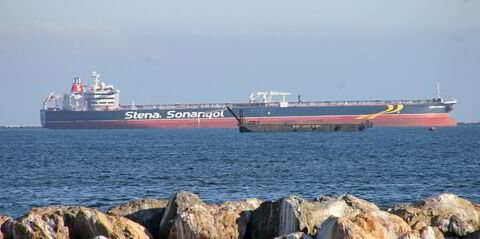Forward markets are pricing a nearly 14% drop in tanker rates in the immediate wake of a potential agreement to cut crude oil production.
But market watchers caution that it is still uncertainty over how much impact will be felt in the tanker market.
The Baltic Exchange’s assessment for 2017 rates on very large crude carriers moving from the Middle East Gulf to Japan fell $3,334 to $20,972 per day.
Opec’s preliminary agreement to cut 750,000 barrels per day of production, which is considered a potentially negative development for the tanker market, is considered the primary cause for the forward curve to drop, said Court Smith, researcher for tanker broker Connecticut-based tanker brokerage MJLF.
But he says it’s uncertain whether spot rates will actually fall to those levels as freight future markets have had a spotty history of predicting future price movements.
“They aren't meant to predict the future, just reflect seasonality and provide a hedging opportunity,” Smith said.
Tankers are already dealing with rates touching levels not seen since late 2014 amid an oversupplied vessel market and only modest demand growth this year. An Opec cut would potentially mostly impact VLCCs as growing cargoes from the Middle East has been the major demand driver for the sector.
During a panel at the Association of Ship Brokers and Agents, Jason Klopfer, chief operating officer for Navig8 Product Tankers, said “any agreement is obviously negative for VLCCs, but it’s going to trickle down to other segments.”


